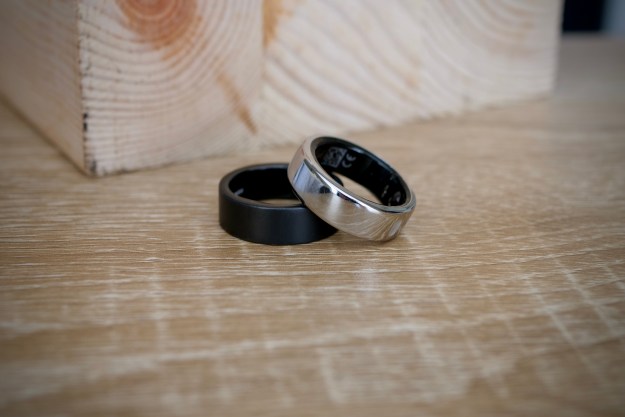The 30 stations targeted for redesign span the entire system across five boroughs. The plan calls for “cleaner, brighter stations” that will be “easier to navigate, with better and more intuitive way-finding.” A single contractor will be used in an attempt to lower cost and maintain quality. The stations will be completely closed during renovations to speed up the process, as opposed to just nights and weekends. The project is expected to be completed by 2020, with each station needing 6-12 months of work, which is a far cry from the previous 2-3 year timeline.
The Richmond Valley station of the Staten Island Railway, as well as a new Arthur Kill station are also slated to use the new design. The template will be used for future work on the Long Island Railroad (LIRR) and Metro-North Railroad.
Cuomo’s plan also calls for updates across the MTA system. Currently, over 140 underground subway stations have cellphone, data, and Wi-Fi service. This will grow to include Wi-Fi for all 277 unerground stations by the end of 2016, with cell phone service being added the following year.

If you’ve ridden the 1, 2, 3, 4, 5, 6, or L trains, you’ve noticed the countdown clocks. Maybe you’ve wondered why they don’t exist on other lines. Well, the MTA is installing them on the 7 line this year, as well as on lettered subway lines.
The MTA is also working on its SubwayTime app, which will soon offer streaming real-time arrival data for all 469 subway stations.

To improve safety for commuters, surveillance cameras will be installed on all new buses, while currently operating vehicles will be retrofitted. The plan is to have 85 percent of the bus fleet fitted with cameras. Straphangers will also see cameras installed in subway cars for the first time this year.
“Once again Gov. Cuomo is stepping up on behalf of transit riders and transit workers,” Transport Workers Union Local 100 President John Samuelsen said. “These projects will greatly improve the commutes for scores of riders and we’re proud to be doing our part.”
The NYC subway system is used by more than six million commuters during peak days.
Editors' Recommendations
- Wi-Fi not working? How to fix the most common problems
- MediaTek just made Wi-Fi 7 a lot more exciting
- TP-Link rolls out its first midrange router sporting Wi-Fi 6 software specs


